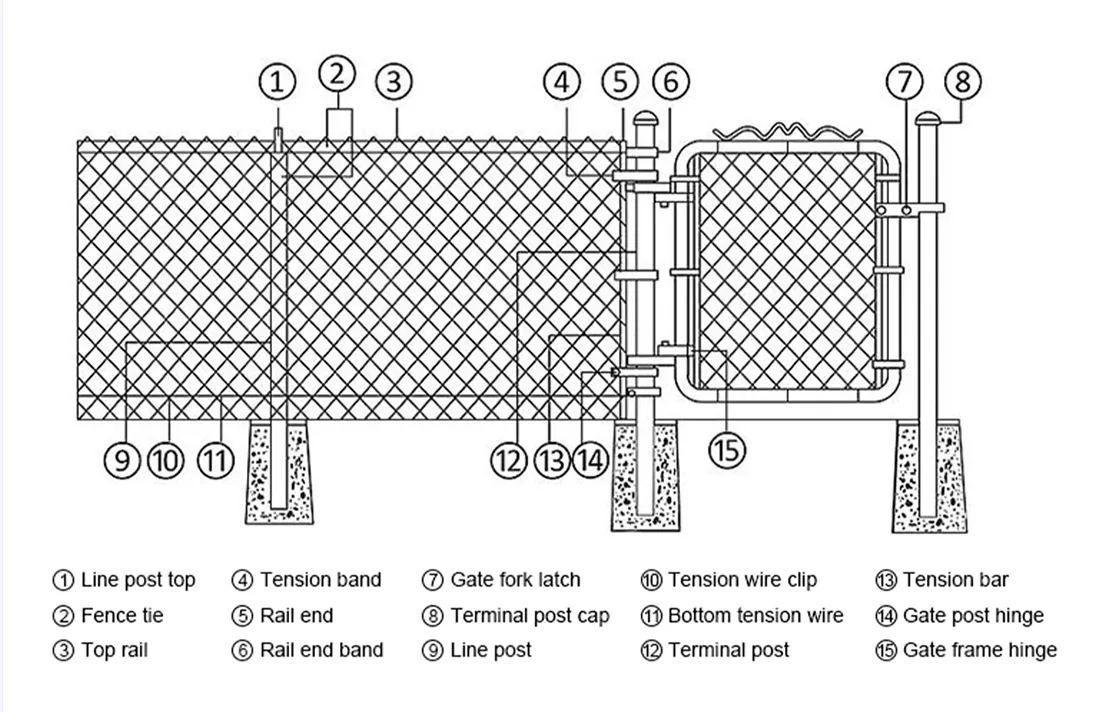Understanding Noise Barriers
Noise barriers are structures designed to reduce noise pollution resulting from highways, railways, and other sources of excessive sound. They serve as a crucial component in urban planning and environmental management, particularly in densely populated areas where the impact of noise can significantly affect the quality of life. This article explores what noise barriers are, their types, effectiveness, and the considerations involved in their construction.
What Are Noise Barriers?
Noise barriers, often referred to as sound walls or acoustic barriers, are physical barriers that prevent or reduce sound transmission from one area to another. They can be made from various materials, including concrete, wood, metal, and even earth. Their primary purpose is to shield residential neighborhoods, schools, parks, and other sensitive areas from the intrusive sounds of traffic, construction, and industrial activities.
The effectiveness of noise barriers depends on several factors their height, length, material, and the distance from the noise source. A well-designed noise barrier can lead to a significant reduction in noise levels, creating a more peaceful environment for the people living nearby.
Types of Noise Barriers
There are several types of noise barriers, each designed for various applications
1. Acoustic Fences These barriers are typically made from wooden or composite materials and are designed to absorb sound rather than reflect it. They are often used in residential areas to block noise from neighboring properties.
2. Earthen Mounds Also known as berms, these are created by piling up soil to form a natural barrier. They are aesthetically pleasing and blend well with the landscape, making them a popular choice in rural and suburban settings.
what is noise barrier

3. Concrete Walls One of the most common types of noise barriers, concrete walls are robust and highly effective at sound attenuation. They are often employed along highways and railroads due to their durability and ability to withstand weathering.
4. Transparent Barriers Made from acrylic or polycarbonate, transparent barriers are designed to reduce noise while allowing visibility. They are often used in areas where aesthetic concerns are paramount, such as near scenic views or within urban developments.
5. Vegetative Barriers These involve the use of trees and dense shrubs to absorb and deflect sound. While not as effective as solid barriers, they can be an attractive option that provides additional ecological benefits.
Effectiveness and Limitations
The effectiveness of noise barriers can be quantified using the concept of sound reduction level (SRL). Typically, barriers can reduce noise levels by 5 to 15 decibels, depending on their design and placement. However, it’s important to note that noise barriers do not eliminate noise; rather, they mitigate its impact, offering relief to those living nearby.
Certain limitations exist when considering noise barriers. For instance, barriers must be extended adequately along the noise source; otherwise, sound can diffract or bend around the ends, diminishing their effectiveness. Additionally, they may not be as effective at higher frequencies, which can penetrate barriers more easily.
Conclusion
As urban areas continue to grow, the need to manage noise pollution becomes increasingly vital. Noise barriers play an essential role in creating healthier living environments, improving the quality of life for residents, and promoting overall community well-being. With careful planning and strategic design, noise barriers can effectively reduce noise pollution, balancing the ongoing activities of urban life with the peaceful enjoyment of residential spaces. As we advance in our understanding of acoustics and urban design, the importance of noise barriers will continue to be recognized in our pursuit of sound urban development.
-
Why Galvanized Trench Cover Steel Grating Resists Corrosion
NewsJul.10,2025
-
The Versatility and Strength of Stainless Expanded Metal Mesh
NewsJul.10,2025
-
Load Calculations in Steel Grating Platforms
NewsJul.10,2025
-
Keeping Pets and Kids Safe with Chicken Wire Deck Railing
NewsJul.10,2025
-
Hole Diameter and Pitch for Round Perforated Metal Sheets
NewsJul.10,2025
-
Aluminium Diamond Mesh in Modern Architecture
NewsJul.10,2025
Subscribe now!
Stay up to date with the latest on Fry Steeland industry news.

